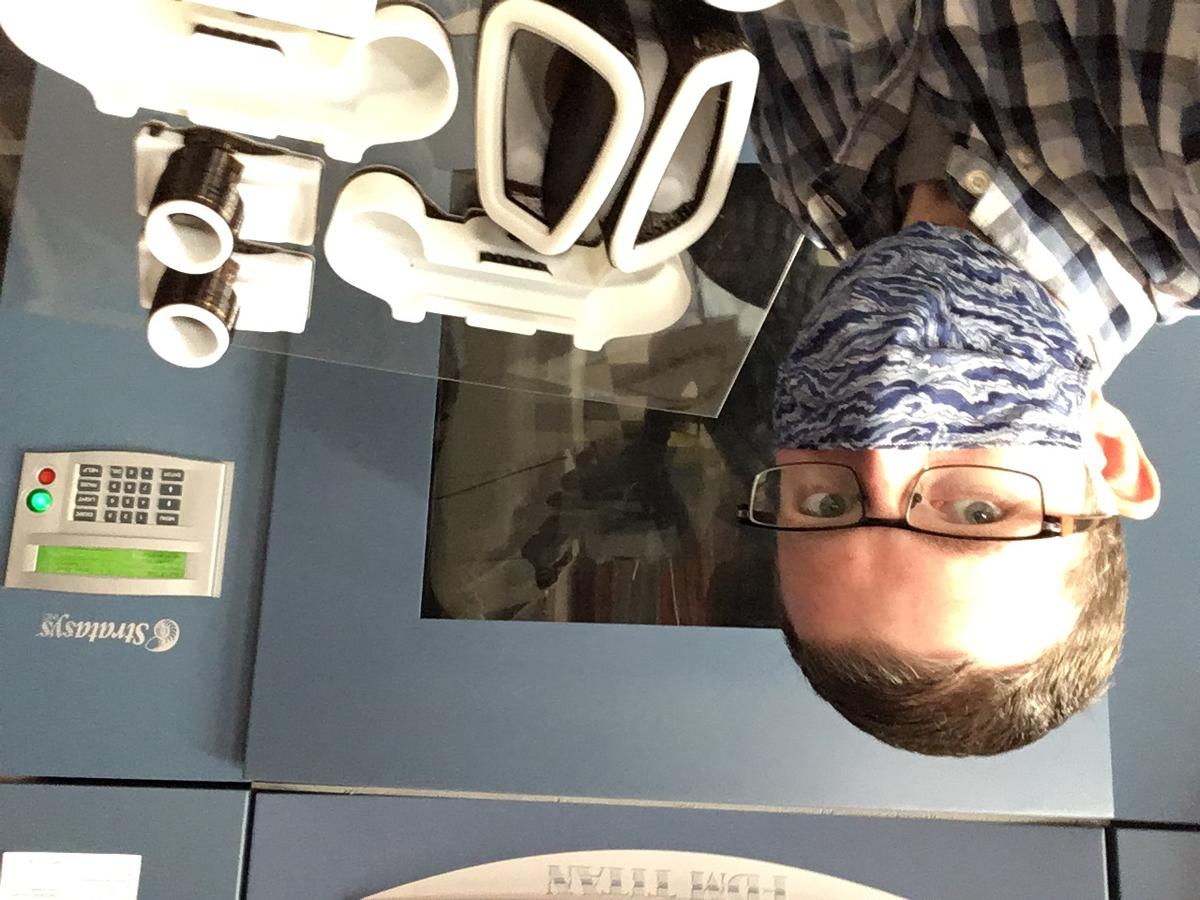Here are some examples of what the Natural Resources Research Institute (NRRI) has accomplished since the end of March:
Minerals & Metallurgy
- Completed installation of High Pressure Grinding Rolls (HPGR) that will provide a unique mineral processing research platform for improved energy efficiency and reduced environmental impacts for the mining industry.
- Completed projects to support essential operations in iron ore, steel, chemical and agriculture industries. Clients include large and critical industries based on the Iron Range as well as in the Minnesota metro area.
- Responded to multiple client requests for research proposals.
- Completed major reports for industry partners, the U.S. Geological Survey and Minnesota Department of Transportation.
- Prepared grant proposals in response to requests from private foundations and state & federal agencies.
- Provided Minnesota’s legislative representatives information on Minnesota’s critical minerals resources.
- Continued writing six publications for peer-reviewed journals.
Water Research
- Conducted snowmelt sampling to understand how road salt impacts water resources for the DNR.
- Finalized design for new, low-cost pilot-scale sulfate treatment technology for municipal water systems.
- Submitted an annual report to the EPA on the “Status of the Lower Food Web in the Great Lakes” in addition to other aquatic food web research.
- Designed an outreach campaign to help anglers understand how to prevent the spread of aquatic invasive species.
- Completed proposal applications for numerous state funded (LCCMR) projects that address the specific water challenges of Minnesota.
- Leading a collaborative effort to use eDNA as a tool for aquatic invasive species monitoring in Minnesota.
- Completed proposal application to U. S. Geological Survey to understand saline wetland response to sea-level rise.
- Collected stream samples for the Minnesota Pollution Control Agency to verify calculated watershed pollutant loads.
- Collaborated with NRRI Minerals & Metallurgy Group to complete a comprehensive geochemical assessment of metals in the Great Lakes resulting in two published papers – a geochemical analysis and a paleolimnology study.
- Published a report on how microorganisms are ‘shrinking’ in the Great Lakes, which has important implications for the food web.
- Energy Management
- Submitted a proposal with industry partners to the U.S. DOE to develop atmospheric carbon dioxide removal using proprietary technology and algae, which then converts the algae to high value biochar.
- Continued survey of large-scale energy storage opportunities for Minnesota; detailing considerations for a variety of technologies with industry partners.
- Reviewed equipment capabilities to produce a variety of thermally treated biomass products from forest and agricultural waste materials.
Materials & Bioeconomy
- A state-funded project is underway to produce, characterize and expand opportunities for biochar; a material with potential applications in soil enhancement, water filtration and energy generation derived from waste biomass resources.
- Developed intellectual property program concerning chemicals and products from abundant waste forest resources.
- Provided material testing services for a variety of business clients.
- NRRI’s manufacturing capabilities are in heavy use for research on improving fisher den habitat, a Maker Space layout for a metro area social enterprise (Better Futures), and developing 3D printed parts for COVID-19 respiratory masks.
- Continued work on state funded (LCCMR) projects to evaluate novel, biodegradable fertilizer coatings that are better for the environment, demonstrate a thermally modified wood boardwalk from beetle-killed ash trees and pursuit of further work on eliminating waste in building deconstruction.
Forest & Land
- Completed a study, based on historical air photos, to predict beaver dam locations and understand their impact on North Shore streams.
- Published the Grower’s Guide for Hybrid Poplar Plantations for Biomass Production. This guide will provide practical advice to expand the use of hybrid poplars to meet growing biomass needs.
- Produced webinars with national and international attendance about breeding poplars and to better understand Minnesota’s wood markets and opportunities.
- Published paper on moose habitat use in response to warmer weather and how they use both shade and wetlands to cope.
- Working with St. Louis County to develop/improve/complete an inventory of forest stands.
Learn more about NRRI.
